Introduction
Greasing a semi-trailer is crucial for maintaining the longevity and performance of your vehicle. Proper lubrication minimizes friction, reduces wear on components, and enhances overall efficiency. This guide will delve deep into the intricate process of greasing a semi-trailer, offering insights, tips, and best practices to ensure optimal functionality of your commercial trailers.
Importance of Regular Greasing

Enhancing Component Longevity
Regular greasing can significantly extend the lifespan of your trailer’s components. The axles, kingpins, and suspension parts are continuously subjected to friction, which can lead to wear and tear. By applying grease, you create a protective layer that helps minimize damage.
Improving Operational Efficiency
A well-lubricated trailer operates smoother, which directly impacts fuel efficiency and load handling. Properly greased parts reduce resistance, allowing your semi-trailer to move with greater ease.
Preventing Costly Repairs
Neglecting to grease your semi-trailer can result in severe damages, eventually leading to costly repairs. Regular maintenance is not just a good practice; it’s an investment in your operational longevity.
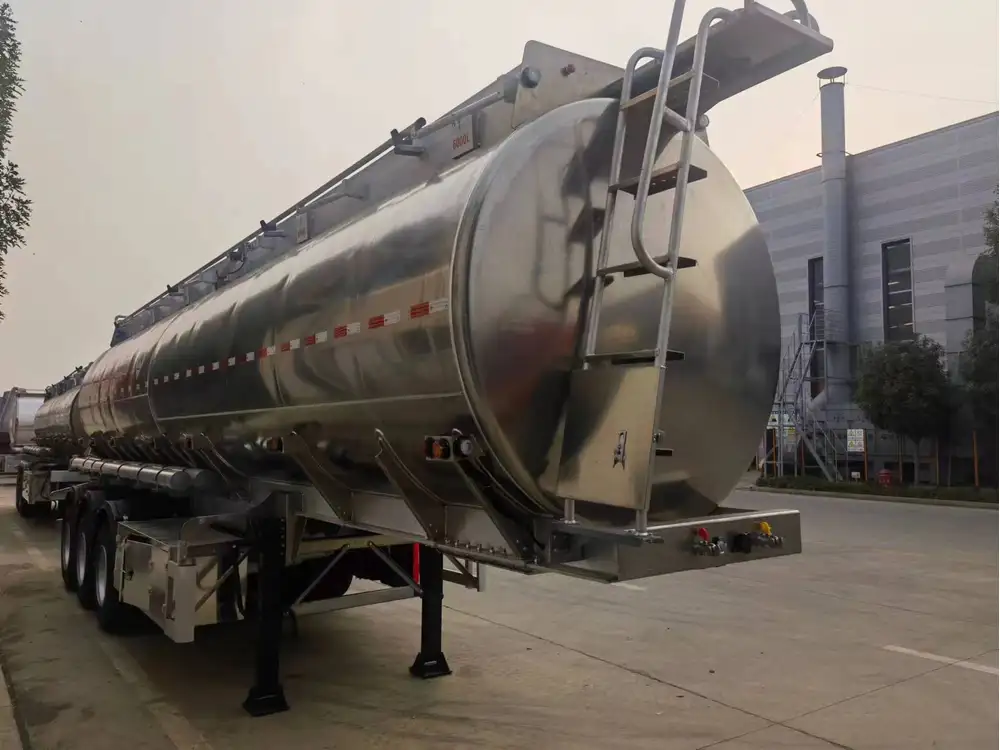
Required Tools and Materials
Before starting the greasing process, ensure you have the following tools and materials:
| Tools | Description |
|---|---|
| Grease Gun | Essential for applying lubricants effectively. |
| Appropriate Grease | Use the manufacturer-recommended grease type. |
| Clean Rags | For cleaning excess grease and dirt. |
| Wrenches | For loosening and tightening components, if necessary. |
| Safety Goggles | For protecting your eyes from grease splatters. |
| Gloves | To keep hands clean and grease-free. |
Choosing the Right Type of Grease
Selecting the appropriate grease is vital. For semi-trailers, you should generally opt for lithium-based or molybdenum disulfide grease due to their excellent lubricating properties and resistance to water.
Step-by-Step Guide to Greasing a Semi-Trailer
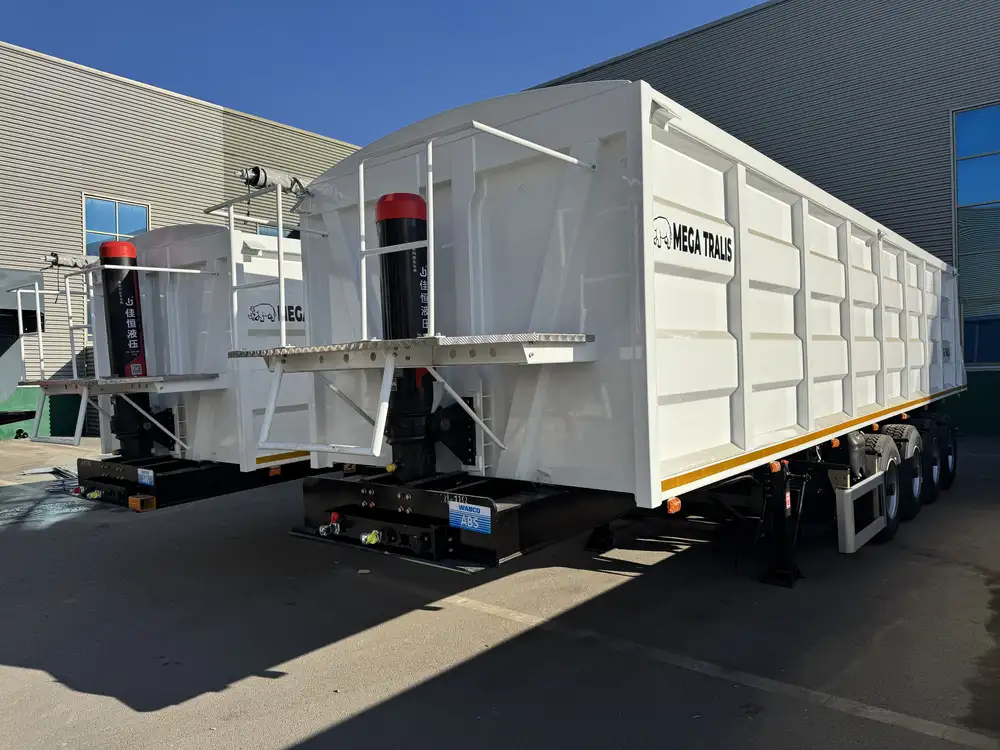
Step 1: Preparation
Park on Level Ground: Ensure that your semi-trailer is parked on a flat surface. This stability is essential for reaching all components easily.
Secure the Trailer: Engage the parking brake. If equipped, use wheel chocks to prevent movement during maintenance.
Inspect Components: Look for any signs of wear or damage before starting. Identifying issues early can save you from future complications.
Step 2: Locate the Grease Fittings
Various fittings require lubrication. Familiarize yourself with their locations:
| Component | Location |
|---|---|
| Wheel Bearings | On each side of the axle. |
| Kingpin | At the connection point between trailer and tractor. |
| Suspension Bushings | On both front and rear suspension systems. |
| Slack Adjusters | Near the brakes; a critical part of the trailer. |
Step 3: Clean the Grease Fittings
Before applying grease:
- Wipe the fitting using a clean rag to remove dirt and debris.
- Inspect the fitting for any damage. Replace if necessary to prevent grease from leaking.
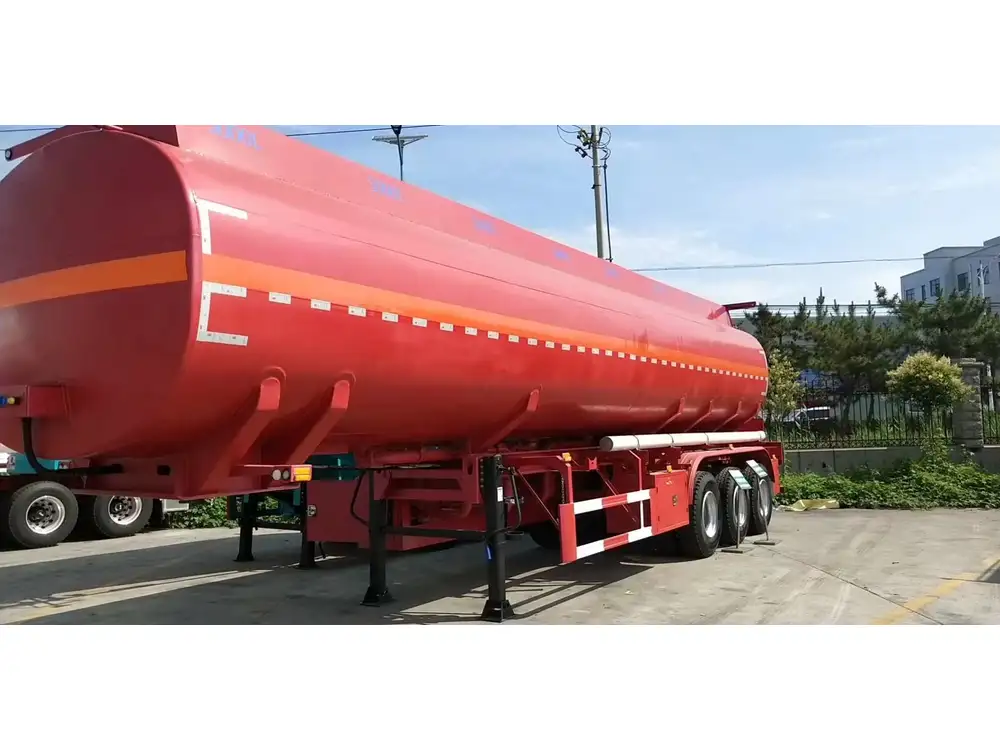
Step 4: Greasing Process
Attach Grease Gun: Firmly attach the grease gun nozzle to the grease fitting. Ensure a tight seal to prevent any grease from escaping when pumped.
Pump the Grease: Slowly pump the grease gun until you see fresh grease oozing out of the connection. This indicates that old grease is displaced and replaced with fresh lubricant.
Monitor the Amount: Use about one to two pumps of grease per fitting. Over-greasing can cause seals to rupture and lead to leaks.
Step 5: Repeat the Process
Continue the greasing process on all fittings. Make sure to check connections and replace the grease accordingly.
Step 6: Clean Up
After you’ve completed greasing:
Wipe Off Excess Grease: Clean any excess grease from the fittings and surrounding areas to prevent dirt accumulation.
Store Tools Properly: Ensure that the grease gun and other tools are cleaned and stored in a designated location.
Document the Maintenance: Keeping a log can help track greasing intervals and identify patterns that may require additional attention.
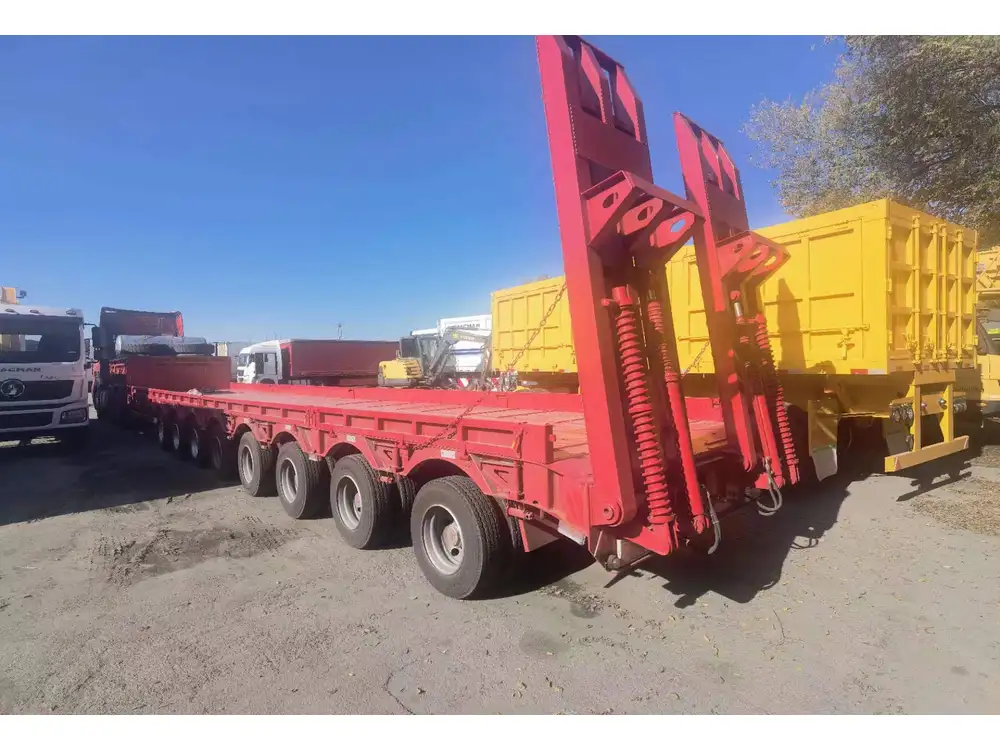
Recommended Greasing Schedule
Adhering to a consistent greasing schedule is essential for optimal maintenance. The following table outlines recommended intervals based on usage:
| Usage Type | Greasing Frequency |
|---|---|
| Light Use (Local Hauls) | Every 4-6 weeks |
| Moderate Use (Regional Hauls) | Every 2-4 weeks |
| Heavy Use (Long Hauls) | Every week |
Factors Influencing Greasing Needs
- Distance Traveled: The more miles driven, the more frequent greasing will be required.
- Weather Conditions: Adverse weather may necessitate more frequent lubrication due to water ingress and increased friction.
- Load Weight: Heavier loads exert more pressure on components, increasing wear and tear.
Common Problems and Solutions
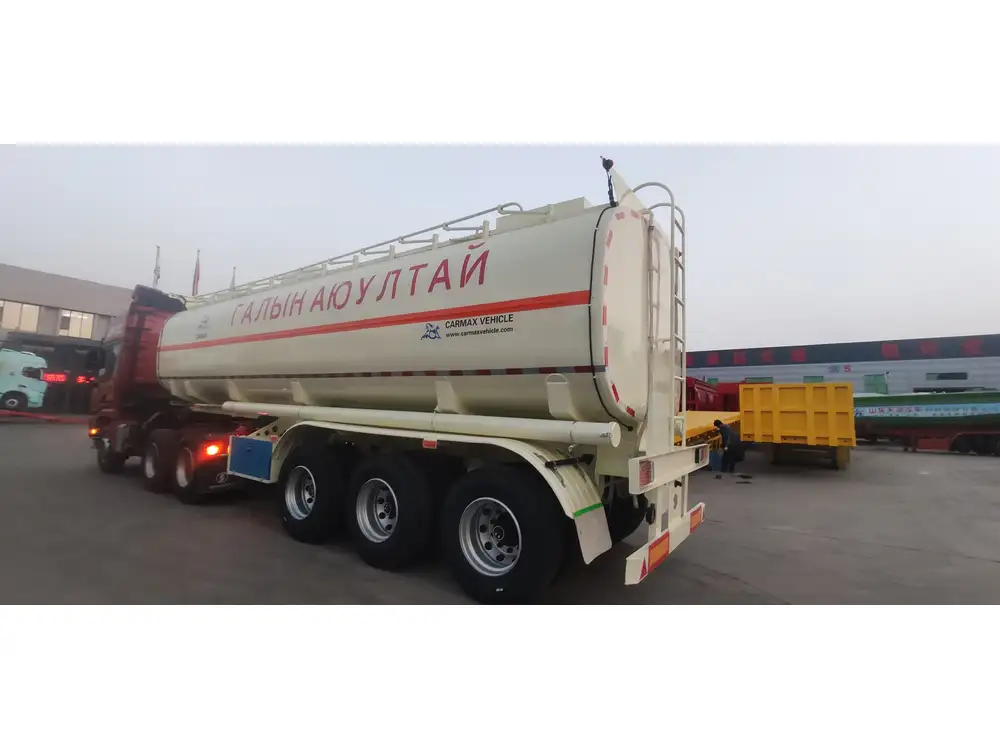
Problem: Accumulation of Dirt and Debris
Solution: Regularly check and clean grease fittings to ensure that they remain clear of contaminants that can mix with grease and decrease its effectiveness.
Problem: Inadequate Lubrication
Solution: If components do not hold grease well, check for damage at the fittings or seals. Replacement may be necessary.
Problem: Over-Greasing
Solution: Monitor the amount of grease being applied. If you notice grease leaking from seals, reduce the application amount.
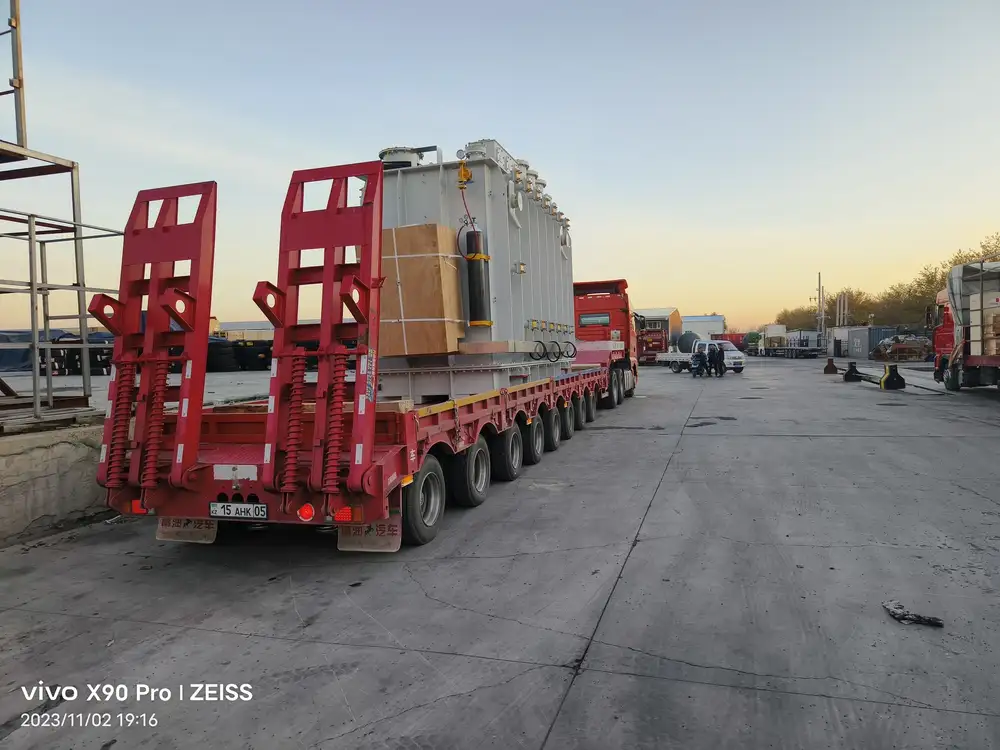
Benefits of Professional Greasing Services
Consider utilizing professional greasing services for large fleets or specific issues. The expertise of professionals can ensure:
- Thorough Inspections: Professionals can identify potential problems that may go unnoticed.
- Efficiency: Save time while ensuring that trailers undergo comprehensive maintenance.
- Quality Assurance: The use of high-grade lubricants can enhance performance and longevity.
Final Thoughts
Proper greasing of a semi-trailer is a fundamental aspect of vehicle maintenance that should never be overlooked. By following the outlined steps, adhering to regular maintenance schedules, and being vigilant about inspections, you can ensure that your semi-trailer operates at peak efficiency for years to come.
Engaging in regular maintenance not only enhances performance and longevity but also contributes to safe driving practices. Whether you’re an independent owner-operator or managing a fleet, the knowledge and application of proper greasing techniques can yield substantial returns on investment.
Make sure to schedule your next maintenance check, pay attention to your greasing needs, and keep your semi-trailer running smoothly.



